
There is something to be said for finding the sweet spot between hardwired ambition and consistent success under the radar in radiology.

There is something to be said for finding the sweet spot between hardwired ambition and consistent success under the radar in radiology.

Understanding and embracing a no-excuses approach to exercise may be more important than ever.
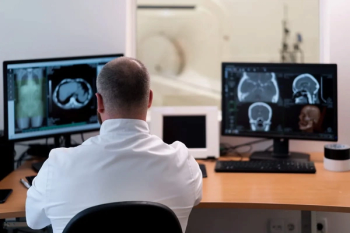
Some abbreviations for radiology transcriptions defy reasonable explanation but they continue to persist on multiple voice recognition platforms.

While the best-laid plans may become fraught with contingencies and detours, how we react to them changes with the wisdom of experience.
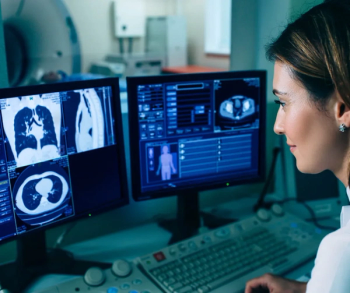
How should you respond when being thanked broadly for the work you do in radiology?
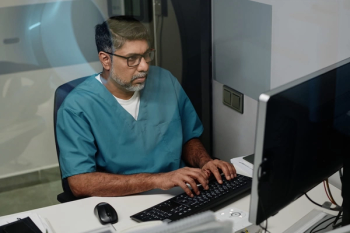
Certain cases and disciplines can facilitate consistent momentum during the course of the day.

What would it be like if we could use AI-powered voice modes as filters for radiology dictations?
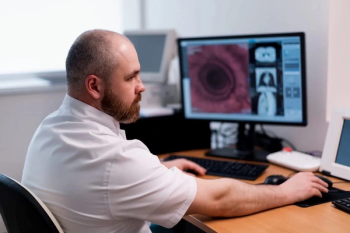
Amid the variety of different state CME requirements that need to be navigated for teleradiologists, there are certain CME topics that have no relevance for radiology.

How would you respond if you were asked for ‘five bullet points of what you accomplished last week’?
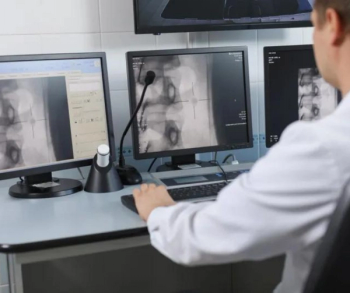
Is there a legitimate mechanism for questioning the questions on radiology board exams?

Is there a certain amount of storytelling in diagnostic radiology?

Could there be a simpler more secure alternative to the daily dance with password managers, VPNs, and authenticator apps?

While the most challenging cases may feel a bit intimidating, they can be affirming opportunities to test our adaptability and willingness to test our acumen in delivering results for patients.
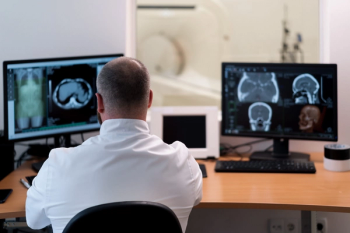
Does experience soften one’s threshold for pushing back against extraneous imaging protocols and other slights in radiology?

Experience gradually transforms an initial tendency to overcall findings in radiology to more of a reserved under calling on radiology reports.

There may be a certain denial about the capability of proposed radiology workforce solutions and technological advances such as AI to enhance our efficiency.

In contrast to simply agreeing with the negative herd or hijacking a conversation with unrelated commentary, emphasizing spirited contributions and viewpoints can facilitate a lively exchange of ideas in radiology forums.
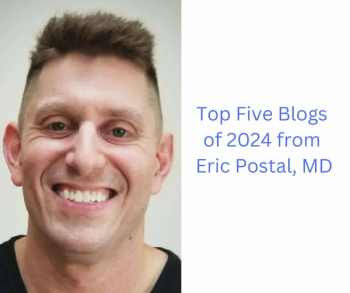
Catch up on the most well-read Eric Postal, M.D.-penned blogs from 2024.
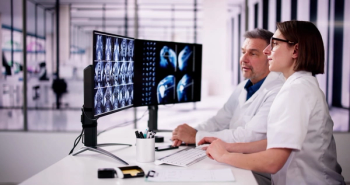
Does the wisdom of experience to make meaningful changes in radiology get usurped by reduced energy and a sense of diminishing returns?

Does our pattern recognition expertise in imaging extend to our impressions of tells in the work of our colleagues?
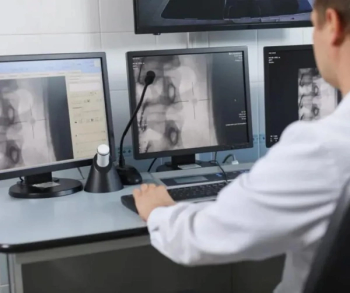
Do we get mired in the rut of generational grumbling, or do we reframe resentments into perspective of what we have overcome?

While seemingly extraneous imaging requests may lead to annoyance and frustration, there are some common contributing factors that may be at the root of these requests.

As recommendations have become a commonplace expectation on radiology reports, is there a point where we are crossing the line?

If we were freed from medicolegal concerns and third-party overseers, would we thrive?

What are the keys for ensuring optimal pay during the course of your career?

Is a decent clinical history from referrers as rare as the full-sized candy bar in the Halloween bucket?

There can be a thin line between providing extra effort in a team setting and overextending oneself to compensate for the shortcomings of others.

“I hate to say this but …” prefacing criticisms with tired disclaimers is an all-too common, albeit necessary, practice in radiology.

Is it plausible that the current emphasis on spending what it takes to recruit and retain radiologists in a thriving job market shifts to more and more of a dependence on AI?